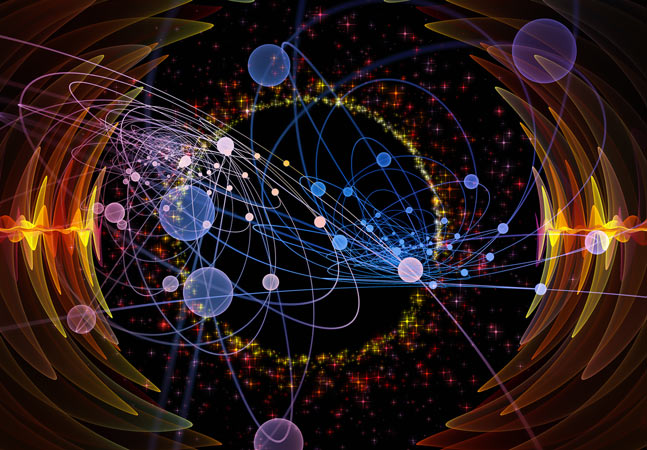 |
Microsoft is preparing to significantly expand its Azure cloud platform with a raft of improvements related to artificial intelligence (AI), machine learning, mixed reality and Internet of Things (IoT).
The company detailed these advances on Thursday, just days ahead of its 2019 Build developer conference, which takes place next week in Seattle, Wash.
Azure's AI and Machine Learning Improvements
Some of the most significant changes are coming to Azure Machine Learning, a cloud-based platform that offers a drag-and-drop interface for prepping, training and deploying machine learning models. According to Microsoft, the machine learning service is being designed to serve three different groups: developers, who want a "code-first" model; business experts, who may prefer a "no-code" model; and IT pros or other nondeveloper techies, who want to use the "drag-and-drop" model. All three models feed into the same back end.
Some of the most significant changes are coming to Azure Machine Learning, a cloud-based platform that offers a drag-and-drop interface for prepping, training and deploying machine learning models. According to Microsoft, the machine learning service is being designed to serve three different groups: developers, who want a "code-first" model; business experts, who may prefer a "no-code" model; and IT pros or other nondeveloper techies, who want to use the "drag-and-drop" model. All three models feed into the same back end.
To help improve the interoperability of Azure Machine Learning, next week at its 2019 Microsoft Build conference in Seattle, Wash., the company said it will officially announce the platform's support for the Open Neural Network Exchange, an open cross-platform "ecosystem" for AI models also supported by Amazon Web Services (AWS) and Facebook. The platform also supports ONNX Runtime, which Microsoft made open source in December 2018.
Other improvements announced for Azure Machine Learning include improved Azure DevOps integration, user interface improvements and low-latency improvements, plus support for Nvidia TensorRT and Intel nGraph for programming those manufacturers' high-performance deep learning chipsets.
Microsoft also announced that Azure Search is getting the AI treatment with new "cognitive search" capabilities. The company explained that customers will soon be able to apply Azure Cognitive Services algorithms directly to Azure Search, adding greatly improved business intelligence (BI) and analytics capabilities.
And speaking of Azure Cognitive Services, the company's collection of SDKs, APIs and other tools to help developers without a data science background apply AI solutions in the enterprise, the company also announced this service will get a new category called "decision" (to add to the existing vision, knowledge, language, speech, search and anomaly detection categories). Within decision, developers and data scientists will find (not unsurprisingly) tools for creating applications with better decision-making capabilities, including a "content moderator" and a personalization tool.
IoT, the Edge and Mixed Reality
Azure is no longer stopping at the cloud: Microsoft made two announcements designed to improve the platform's performance for edge and IoT computing.
Azure is no longer stopping at the cloud: Microsoft made two announcements designed to improve the platform's performance for edge and IoT computing.
First, Microsoft will be releasing Azure SQL Database Edge, which it says will support "the spectrum of edge compute needs...with built-in AI [and] in-database machine learning." An official release date for this (and the rest of the changes in the article) has yet to be announced; more details are expected to be revealed at the upcoming Build conference.
Another new product will be IoT Plug and Play, an IoT modeling language to "seamlessly connect IoT devices to the cloud."
"Previously, software had to be written specifically for the connected device it supported, limiting the scale of IoT deployments," Microsoft explained in an announcement of the new product. "IoT Plug and Play will offer customers a large ecosystem of partner-certified devices that can connect quickly."
A product Web site for IoT Plug and Play had not yet been launched when this article was written.
On the mixed-reality front, Microsoft is furthering its previously announced support for HoloLens 2, announcing the HoloLens 2 Development Engine, which the company says will let developers create mixed-reality solutions for a "range" of devices. Streaming support will be provided by Unreal Engine 4.
More information on all of the above announcements is expected at Microsoft's Build 2019 developer conference, which kicks off on May 6.
Becky Nagel is the vice president of Web & Digital Strategy for 1105's Converge360 Group, where she oversees the front-end Web team and deals with all aspects of digital strategy. She also serves as executive editor of the group's media Web sites, and you'll even find her byline on PureAI.com, the group's newest site for enterprise developers working with AI. She recently gave a talk at a leading technical publishers conference about how changes in Web technology may impact publishers' bottom lines. Follow her on twitter @beckynagel.

0 Comments